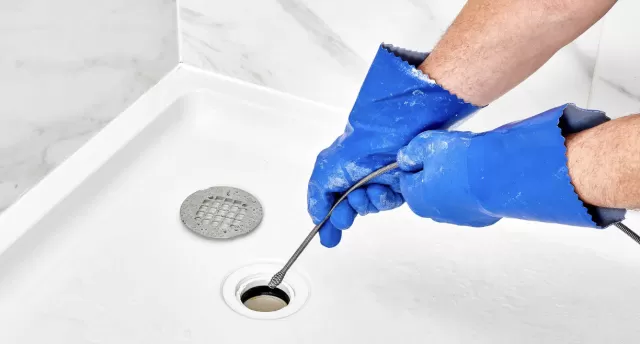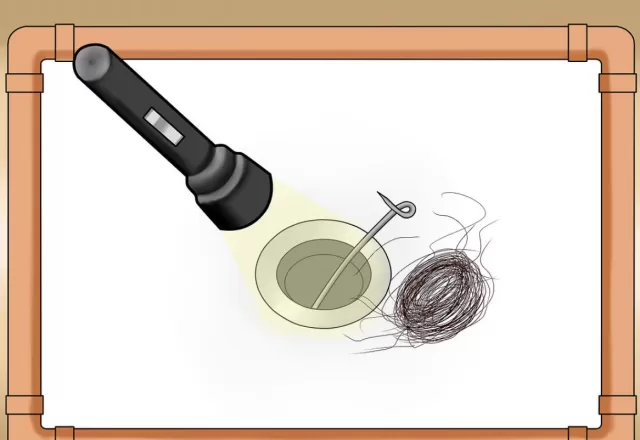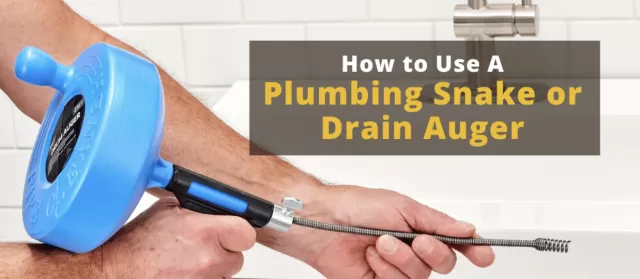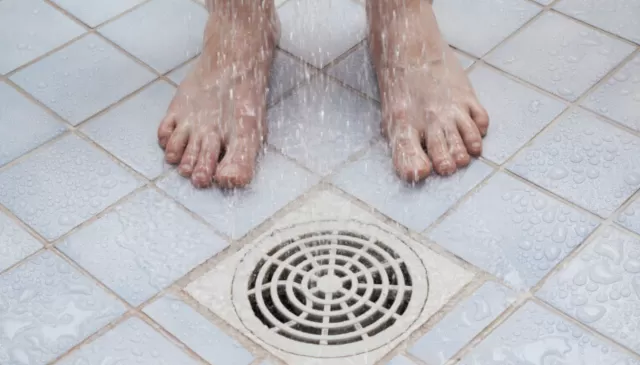Dealing with a smelly shower drain or a clogged drain can be frustrating and unpleasant, especially when you’re looking forward to a relaxing bath or shower. Clogs can be caused by various factors such as excess soap scum, hair, or mold buildup in the pipes. Fortunately, most shower drain odor and clog problems are easy to handle if you know how to clean your shower drain properly.
However, if the shower drain odor persists or the water doesn’t drain, or worse, is backing up, it could indicate a more serious issue with the sewer or septic tank lines. In such cases, it’s best to seek professional help from a licensed and insured plumber instead of trying to fix it yourself.
In this article, we’ll provide a step-by-step guide on how to clean your shower drain and offer some tips to prevent clogged shower drains in the future. By following these instructions and taking precautionary measures, you can ensure that your shower drain remains clean and functional.
How Frequently Should You Clean Your Shower Drain??

It is recommended to clean your shower drain on a monthly basis to prevent the buildup of trapped hair and soap scum.
If multiple individuals with long hair use the shower, it’s best to clean the drain every other week to prevent clogs.
In case of clogs, it’s important to remove them as soon as possible using a toilet plunger, drain snake, or commercial solution.
You can use household items like baking soda, distilled White Vinegar, or chlorine bleach to clean slow-running or smelly drains. However, it’s important to be cautious and never mix cleaning products, as even the combination of common household products like chlorine bleach and vinegar can produce toxic gas.
Always follow the instructions on the label carefully.
Cleaning a Shower Drain: Step-by-Step Guide Using a Toilet Plunger

Using a toilet plunger is often the first approach for dealing with a clogged shower drain.
Follow these steps for cleaning your shower drain using a toilet plunger. Fill the shower stall or tub with enough water to cover the rubber bell of the plunger.
Place the bell of the plunger over the drain opening. Plunge the drain vigorously to dislodge the clog and allow the standing water to drain.
If the water still doesn’t drain or drains slowly, repeat the process until the clog is completely removed. .
Using a Drain Snake to Clean Your Shower Drain: A Step-by-Step Guide

If your shower drain is clogged with a mass of hair and soap scum that cannot be removed with a plunger, you may need to use a drain snake or toilet auger.
Drain snakes come in various types and prices, with metal snakes costing around $30 and plastic drain snakes costing as little as $10 for a three-pack.
Follow these steps to use a drain snake. Remove the drain cover.
Insert the drain snake into the drain pipe. Rotate the snake and push it further into the drain until you feel resistance, indicating the clog.
Keep rotating the snake to break up or remove the clog. Slowly pull the snake from the drain and dispose of the clog.
Run the shower at full force for a few minutes to ensure the drain is clear. Clean the drain cover with hot water and an all-purpose cleaner before replacing it.
How to Unclog a Shower Drain Using Store-Bought Solutions

Store-bought drain cleaners for home use typically contain alkaline compounds like sodium hydroxide, which create heat to dissolve clogs.
These cleaners are denser than water and can be poured directly into the drain even if there is standing water.
When using these products, it’s important to read and follow the instructions on the label carefully.
Most drain cleaners contain caustic chemicals that can be hazardous if not handled properly, so wear gloves and eye protection as recommended. Be sure to wait the recommended amount of time for the product to work before attempting to plunge or snake the drain to avoid splashing.
Alternatively, enzyme-based drain cleaners like Green Gobbler Liquid Hair & Grease Clog Remover ($25, amazon.
com) is available. While these cleaners are less damaging to pipes and more environmentally friendly, they work more slowly than chemical-based cleaners as the enzymes slowly break down hair and scum.
*The information is for reference only.